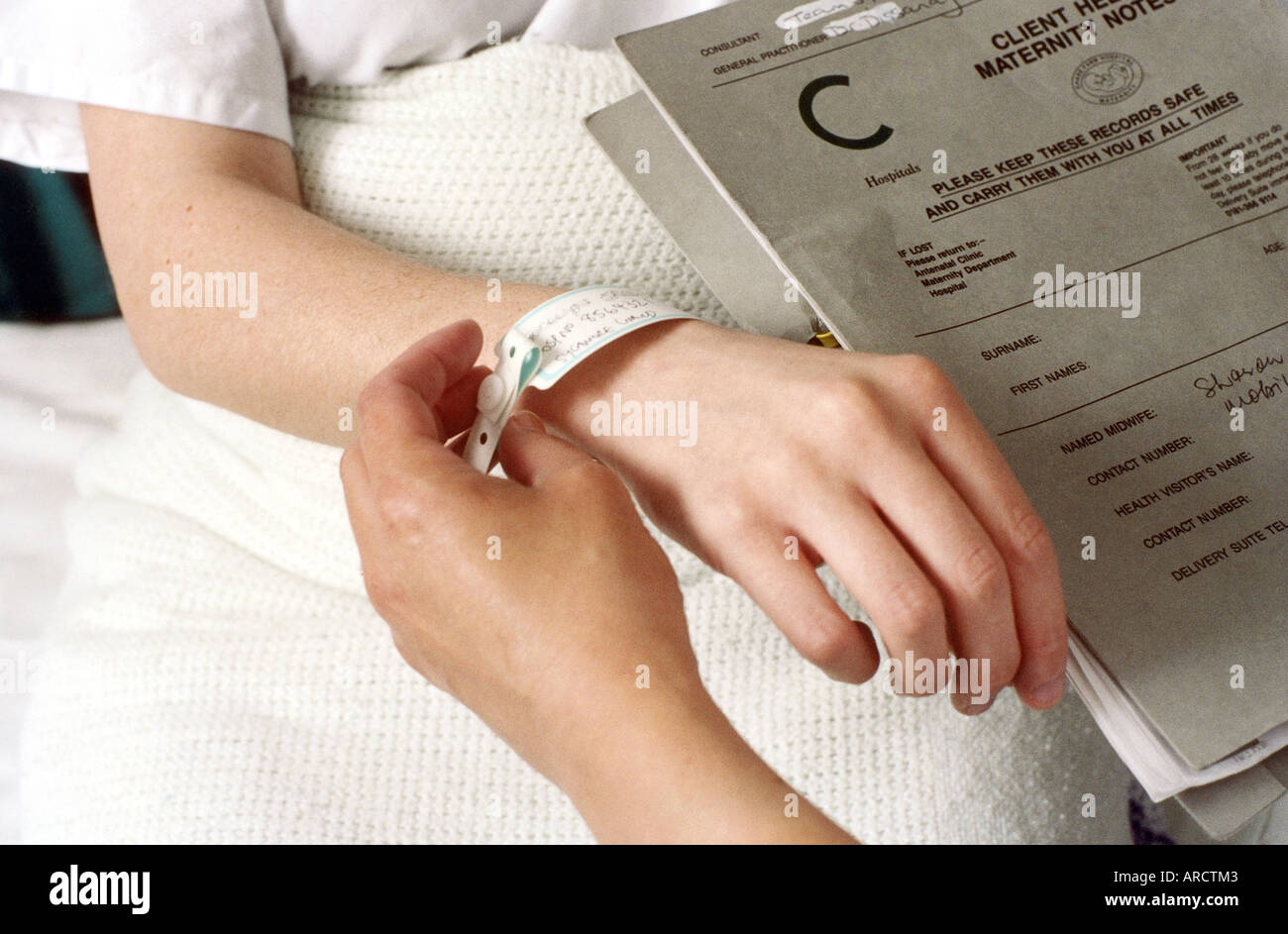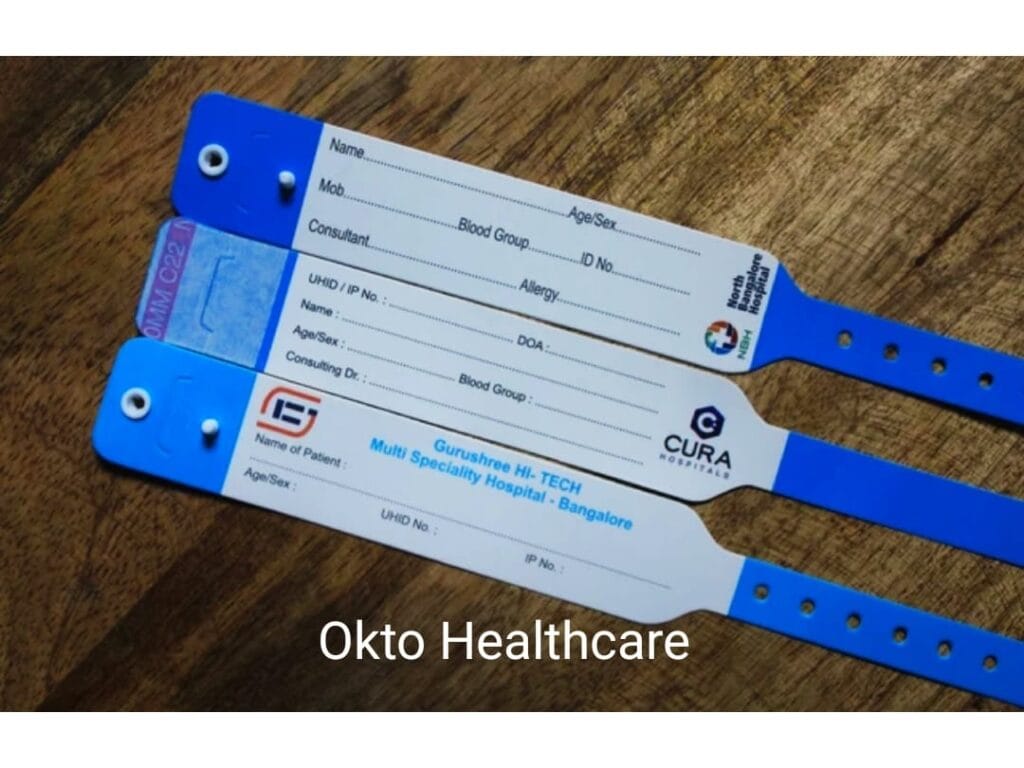The Growing Significance of Patient Identification Band in Modern Medical Care
The Growing Significance of Patient Identification Band in Modern Medical Care
Blog Article
Client Identification Bands: A Secret Device for Improved Medical Accuracy
Person identification bands stand for an essential element in the search of clinical accuracy and person safety within healthcare settings. The real degree of their impact on individual results and overall health care high quality warrants even more evaluation.

Significance of Patient Identification
Person recognition is a crucial component of medical care that ensures the safety and security and precision of medical therapy. Appropriate identification methods are important to protect against clinical mistakes, which can cause damaging patient outcomes, consisting of wrong medicine management, misdiagnosis, or improper treatment plans. The importance of precise person recognition can not be overstated, as it serves as the foundation for efficient communication among health care suppliers.
In atmospheres where several patients are obtaining treatment at the same time, the threat of identification confusion boosts. Carrying out robust recognition systems aids mitigate these threats and enhances patient safety. Patient Identification Band. Precise recognition adds to the integrity of medical records, making sure that client histories, allergic reactions, and previous treatments are properly connected to the right person.
Additionally, conformity with governing criteria and certification requirements typically mandates stringent individual identification procedures, promoting a society of liability and high quality care. Eventually, the value of patient identification goes beyond mere administrative tasks; it is a fundamental aspect of supplying high-quality healthcare that focuses on person security and enhances professional results. Purchasing reliable recognition practices is not just valuable-- it's critical in today's complex healthcare landscape.
Kinds Of Individual Recognition Bands
In medical care setups, different sorts of individual identification bands are utilized to make sure precise identification and boost safety. These bands act as an important device in stopping clinical mistakes connected to individual misidentification.
One of the most usual type is the basic wristband, typically constructed from long lasting plastic and published with the patient's name, day of birth, and a distinct recognition number. These wristbands are commonly color-coded to convey specific details, such as allergies or various other medical conditions.
An additional kind is the barcode wristband, which includes a scannable barcode connected to the person's electronic health record. This innovation enables for reliable data access and verification throughout medication administration and other professional processes.
Additionally, RFID (Superhigh Frequency Identification) bands are becoming increasingly prominent. These bands can connect wirelessly with medical facility systems, permitting for real-time tracking and identification of patients, consequently boosting and improving operations person safety.

Advantages for Doctor
Making use of person identification bands uses considerable benefits for medical care companies, enhancing both operational efficiency and patient security. These bands offer as a vital device in simplifying client management procedures (Patient Identification Band). By making sure accurate identification, doctor can reduce the risk of administrative errors, such as mislabeling examples or misdirecting therapies, which can bring about expensive delays and issues
Moreover, individual recognition bands assist in smooth interaction among the health care team. With conveniently accessible and standardized person info, carriers can make informed decisions swiftly, boosting general process. This efficiency is especially vital in high-pressure atmospheres such as emergency departments, where time-sensitive visit homepage treatments are vital.
The implementation of recognition bands additionally sustains compliance with governing standards and best methods, thus reducing the danger of legal repercussions originating from recognition errors. The usage of these bands improves information precision in digital health documents, leading to much better treatment sychronisation and connection.
Effect on Person Safety And Security
Exact patient identification is a cornerstone of health care safety and security, considerably lowering the likelihood of mistakes that can jeopardize client well-being. Making use of individual recognition bands is essential in guaranteeing that each client gets the appropriate therapy, medications, and procedures. These bands act as a trusted reference point for healthcare specialists, decreasing the risk of misidentification, which can lead to major effects such as incorrect medicine administration or medical errors.
The execution of standardized individual identification bands contributes to a culture of safety and security within medical care settings. By giving clear, quickly readable details, these bands help to strengthen the relevance of validating client identity at every phase of treatment. In addition, they promote interaction among personnel, making certain that everyone involved in an individual's treatment is aware of their details demands and demands.
Furthermore, making use of person identification bands can enhance the precision of electronic health and find more information wellness documents, even more minimizing the possibility for mistakes - Patient Identification Band. By prioritizing individual safety and security via efficient identification techniques, doctor can foster trust and confidence among individuals, ultimately bring about far better scientific outcomes and boosted individual fulfillment. The effect of correct individual recognition can not be overemphasized; it is a basic element of high-quality health care distribution
Finest Practices for Application
Efficient implementation of person identification bands is crucial for enhancing client safety and security and reducing errors in healthcare settings. Team training is important; all group participants have to comprehend the value of precise client identification and the treatments for band application.
2nd, the style of the identification bands need to focus on presence and durability. Bands need to be very easy to check out, consist of vital individual information, and hold up against daily wear. Utilizing color-coding can better improve fast identification.


Third, integrating electronic health and wellness documents (EHR) with recognition band systems can improve operations. Automated informs for discrepancies in patient identification can stop prospective mistakes before they happen.
Finally, carrying out routine audits and feedback sessions will aid identify areas for improvement. Involving team in these conversations promotes a society of safety and security and liability.
Final Thought
In final thought, client recognition bands play an important duty in boosting medical precision and making sure person safety within medical care systems. Embracing finest practices for execution promotes a society of safety and security, eventually leading to boosted individual outcomes and better depend on in healthcare services.
Patient identification bands represent a vital part in the quest of clinical accuracy and individual safety within medical care environments.Making use of client identification bands provides considerable advantages for healthcare suppliers, enhancing both functional efficiency and patient safety. By focusing on patient safety via reliable identification practices, medical care carriers can foster trust and self-confidence among patients, inevitably leading to much better medical end results and improved useful source patient complete satisfaction.Reliable application of patient recognition bands is important for enhancing patient safety and security and lessening errors in health care settings.In final thought, client identification bands play an important duty in improving clinical accuracy and ensuring individual safety within healthcare systems.
Report this page